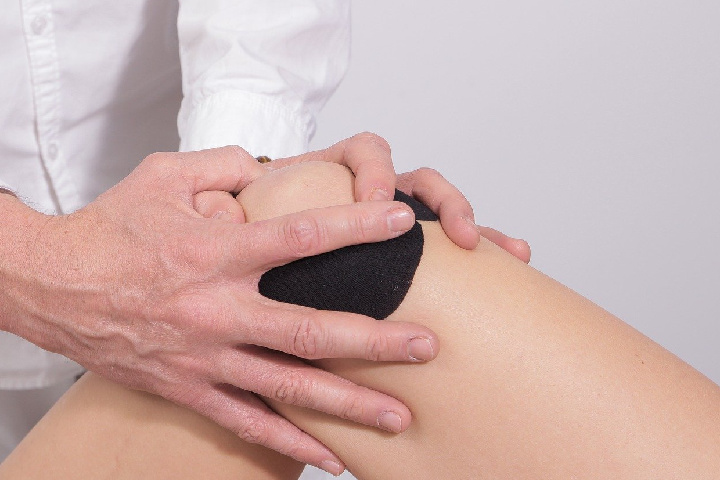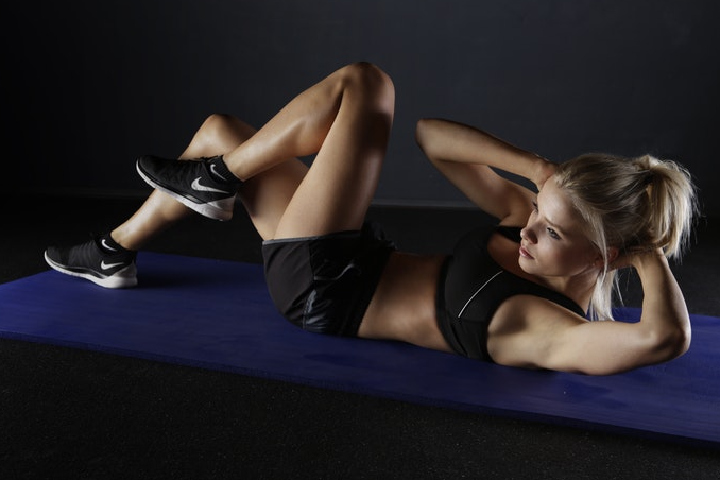Knees Creak: Feeling stiff or popping frequently can be the first sign that something is wrong with your knees. But you can protect them with certain habits.
The knee is one of the largest joints in the body and one of the most complex. Bones, menisci, ligaments, tendons, and bursae form a perfect gear that allows the knee to support almost the body’s entire weight.
“But precisely due to this complexity, and especially to the pressure and load to which it is subjected, it is much more vulnerable to injury,” Therefore, if we do not grasp care of it as it deserves, the appearance of knees creak pain and clicking are frequent.
Table of Contents
1. What Does a Knee Crunch Indicate?
Painless Knees Creak occurs when there is a pressure difference in the gases that are part of the synovial fluid, which obey to lubricate the joints and prevent wear. “It is a natural process, which does not have to increase with age,” says the specialist.
Some people are more prone to creaking than others. They are frequently produced when moving the knee and forcing it a little because “the movement causes those small bubbles that contain gas to explode, producing the characteristic crunch,” he clarifies.
But sometimes these clicking sounds can be a sign that something is wrong with the knees.

“We should be concerned if the creaks are frequent and, above all, if they are accompanied by pain, blockage, and a feeling of instability. ” When this happens, we can be in front of dislocations, meniscus tears, joint wear … It is best to consult a doctor, advises the expert.
2. Habits That Protect the Joints
But, to avoid reaching this point, you can take simple measures such as the following:
a. If You Have Excess Weight, Attempt to Lose It
When the knees begin to groan, and the person is slightly overweight, the pain may be due to excess pressure.
“It is calculated that each extra kilo supposes about 5 kg of extra pressure on the kneecap when going up and downstairs”, the specialist tells us.
b. Specific Postures Take Care of Them
“You must always control the posture of the knees, especially avoiding flexing them excessively and for a long time,” remarks Dr. Torra. For it
Do not exceed 90º of knee flexion if you are sitting for a long time. And if you have already had a problem that has caused pain in the area, the expert advises not to bend them more than 45º.
It is equally important to use a footrest when your feet are off the ground: this way, they will withstand less pressure. When exercising, you must also be very careful.
Movements that are initially beneficial for the knees because they help to strengthen their muscles without overloading the joints (such as walking or cycling) can end up hurting you if you do not do them well.
If the bike saddle is too low, it forces the joint to bend a lot.
Pushing your knees back for a long time while standing (with the joint in extension) can also worsen conditions that have already appeared, such as Baker’s cyst.
Suppose there is no other alteration behind it (such as, for example, damage to the menisci or a sprain). In that case, it is usually not painful, and it usually ends up being reabsorbed over time.
But ” if that does not happen, the doctors can drain it and, on exceptional occasions, there is even the option of operating,” says the doctor.
c. Strengthens Your Muscles for Knees Creak
For the expert, this is one of the most critical aspects. It is not surprising if we take into account that “it is precisely the muscles that surround this area (quadriceps, calves, hamstrings …) that bear most of the weight and tension they suffer every day,” he tells us.
Therefore, if they are weak, they end up destabilizing the joint, and the risk of it being damaged with any little effort is much higher. In addition to cycling, you can do elliptical, swimming, aqua gym, or walking.
These exercises strengthen the muscles without overloading the joint because they have a low combined impact. Instead, it is better to avoid other high-impact ones, such as running or jumping, mainly if carried out on hard surfaces such as asphalt in cities.
3. And if They Already Hurt
The first thing to keep in mind is that excessive rest does not suit you despite the damage you notice. If you don’t move your knee, your muscles will weaken even more, and that can make the pain more intense.
To prevent this from happening, the doctor recommends strengthening them with isometric exercises, in which a contraction is caused without changing the length of the muscle.
” This makes it possible to strengthen the muscles but without moving the joint, thus avoiding the appearance or worsening of discomfort,” he tells us.

If you feel pain while they are being performed, the specialist recommends stopping doing them. Once the muscles have gained some tone, you can start moving the joint with exercises in the pool, pedaling.
To prevent the pain from increasing, it is essential to reduce the risk of falls: put away the rugs at home, wear non-slip footwear, especially on rainy days.
4. Gentle Exercises to Strengthen Them
Sitting on a mat, place a roller or rolled towel under your knees. Squeeze it lightly for 5 seconds. Rest 3 more and repeat 5 times.
Lie on your side on the non-sore leg and stretch the other, raising it 45º, with the knee straight. Hold 5 seconds and go down. Do 3 sets.
Sitting on a chair, he puts his legs on the floor and raises the damaged one little by little, stretching it. Hold 5 seconds, rest, and repeat 5 times.

